America’s National Parks drew 273.6 million guests in 2013, stating the National Parks Service site. These parks are brimming with natural wonders, a lot of untamed life and stunning vistas to view.
From the world-well known fountains in Yellowstone Park to Arches’ amazing rock arrangements in Utah to the rain backwoods of the Olympic mountains in Washington, there’s something for the general public’s viewing pleasure and appreciate. The National Park Service incorporates 401 places and 59 uncommonly assigned zones. Here are the main 14 most gone by National Parks — the main visited park may simply astonish you:
1. Mt. Rainier National Park (WA)
Mount Rainier National Park was established in 1899 and was America’s fifth built up national stop. It traverses 235,625 aggregate square sections of land and 97% of it is an assigned wild territory. Rising a grand 14,410 feet, the mountain for which the recreation center is named is the tallest peak in the Cascade Range and a symbol of the Washington state and Seattle territory view.
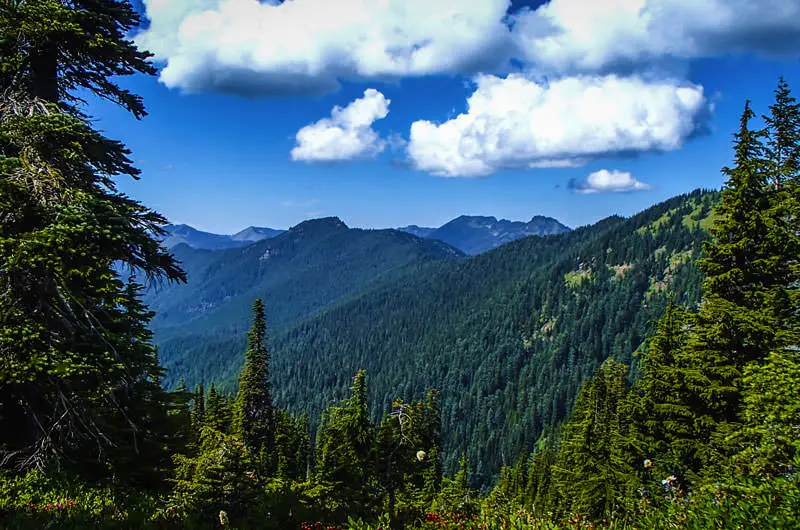
Mount Rainier is a dynamic spring of gushing lava (it last erupted around 150 years back) and is the most glaciated ice-topped crest in U.S.A. Natural life is plenty in Mount Rainier National Park. Delightful subalpine wildflower glades encompass it, and in addition antiquated timberlands gracing its lower inclines.
The snow-topped volcano of Mount Rainier is encased in an amazing 35 square miles of ice and snow. The recreation center has 382 lakes, 470 rivers and streams and more than 3,000 sections of land of wetlands. There are additionally 26 ice sheets on 9 noteworthy watersheds.
2. Joshua Tree National Park (CA)
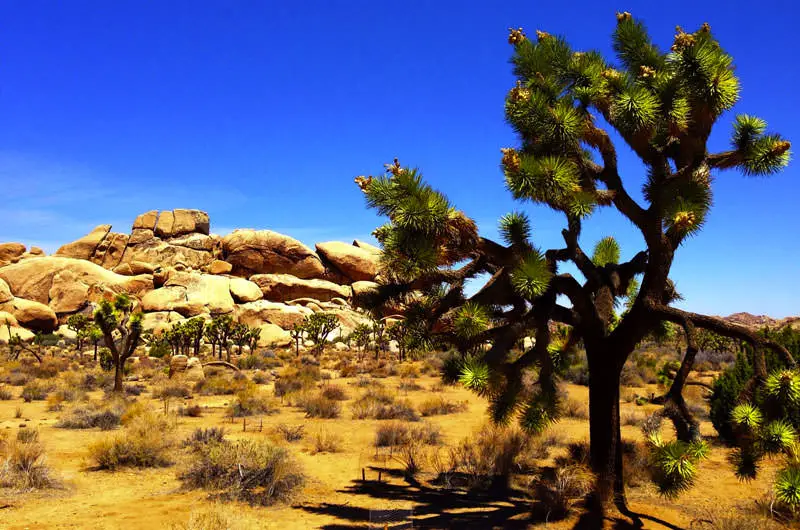
Joshua Tree National Park is a limitless 800,000 sections of land with a wide assortment of territory all through. The land can appear to be fierce and ungracious amid the high summer; notwithstanding, it is really delicate and sensitive. The grounds are molded by solid winds, sudden rain deluges and other atmosphere extremes, in spite of the fact that rain is frequently unusual and scanty.
The dry land is home to complex frameworks of life that are simply sitting tight for a chance to develop. Life here relies on the whole environment of the range for survival.
Two deserts speak to the two principle sorts of territory in the recreation center of “high” and “low” abandon. The low Colorado Desert involves the eastern portion of the recreation center beneath 3,000 feet and is home to the creosote shrubbery, cholla cactus and ocotillo. The Mojave Desert is higher, wetter and fairly cooler.
It is home to the well known Joshua tree which overwhelms the western portion of the park. Legend has it that Joshua trees got their name when Mormon pioneers thought Joshua tree appendages resembled the outstretched arms of “Joshua driving individuals to the promised land.”
3. Bryce Canyon National Park (UT)
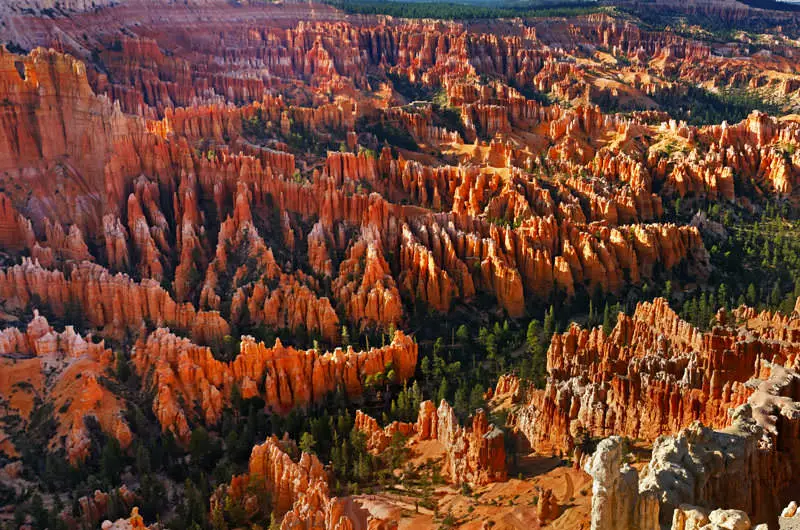
Bryce Canyon is a little, wonderful stop situated in southwest of Utah state. It turned into a national park in 1928 and was named after the Mormon and pioneer-explorer Ebenezer Bryce. Bryce Canyon is well known for its striking geographical elements, which comprise of horseshoe-like arrangements cut from the Paunsaugunt Plateau’s eastern edge in the south of Utah.
As indicated by the Bryce Canyon site and the National Park benefit, the park is really not a canyon; it is preferably a fantastic arrangement of more than twelve amphitheater developments, each of which is cut at least 1,000 feet into the Paunsaugunt Plateau’s chromatic limestone.
Bryce Canyon’s 55.992 square miles measure makes it entirely little by U.S. National Park norms, however its magnificence is stunning.
Disintegration, ice wedging and pelting downpours over the millenia have molded the Claron Formation’s vivid limestone into powerful shapes like space canyons, drifts, windows and one of a kind towers that are called “hoodoos.” A colossal scope of dazzling hues quietly paint the assortment of shake arrangements, making a transfixing scene of shake labyrinths.
4. Cuyahoga Valley National Park (OH)
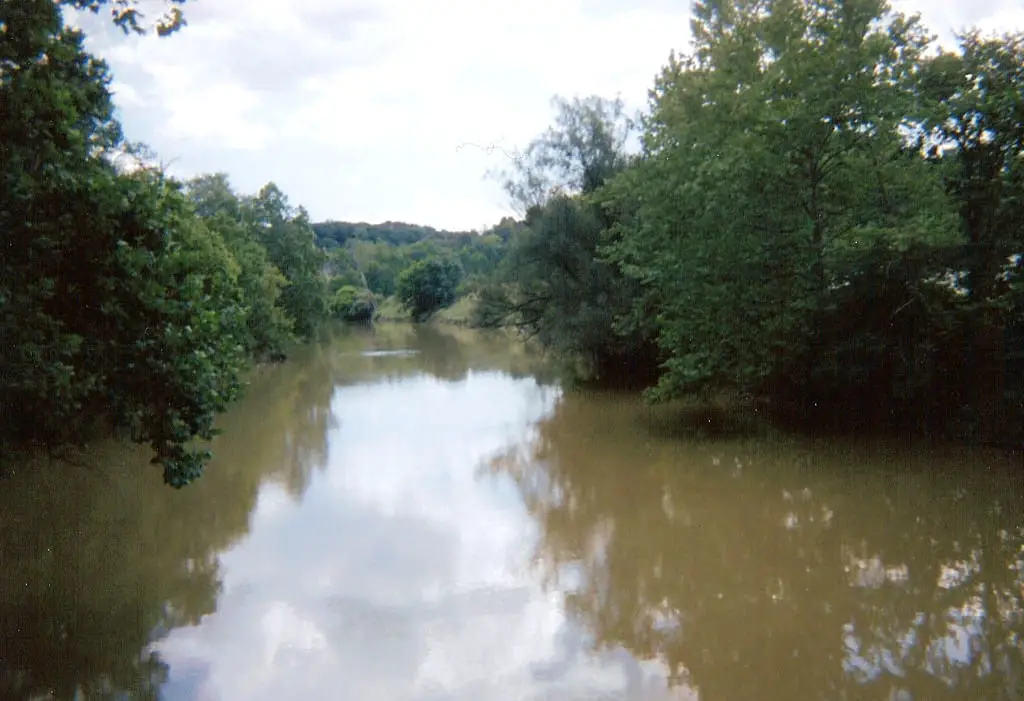
The Cuyahoga Valley National Park of Ohio is picturesque 33,000 section of land with climbing and bicycle trails, a railroad and a lot of verdure to appreciate. Its reestablished scene exudes a strange vibrance. Its history runs profound, with over 12,000 years of occupation by people.
Ancient individuals, natural fiascos took after by resurgences in the twentieth century by human advancement have all left their blemish on the Cuyahoga Valley.
Along the Cuyahoga River, people during the time have molded, made utilization of and been formed themselves by the dazzling scene. Both human culture and the marvels of nature connect in the valley, each affecting the other. Visitors today can investigate this rich history of mankind by visiting the park.
The tale of how Cuyahoga Valley National Park was set up outlines the effect that political pioneers and nearby residents can have when they team up through their enthusiasm and join in a typical reason to ensure American and human legacy. Sparing noteworthy earth elements and keeping the scene free of contamination, an incredible home for untamed life, socially energetic and a model for supportable living are altogether expert by Cuyahoga Valley National Park.
Park growth started as ahead of schedule as the 20s. Arrive gift and the working of recreational offices, for example, ski resorts, golf courses, scout camps and a Music Center helped the range to come to fruition throughout the years. In 1974, Cuyahoga Valley recreational region was shaped.
5. Glacier National Park (MT)
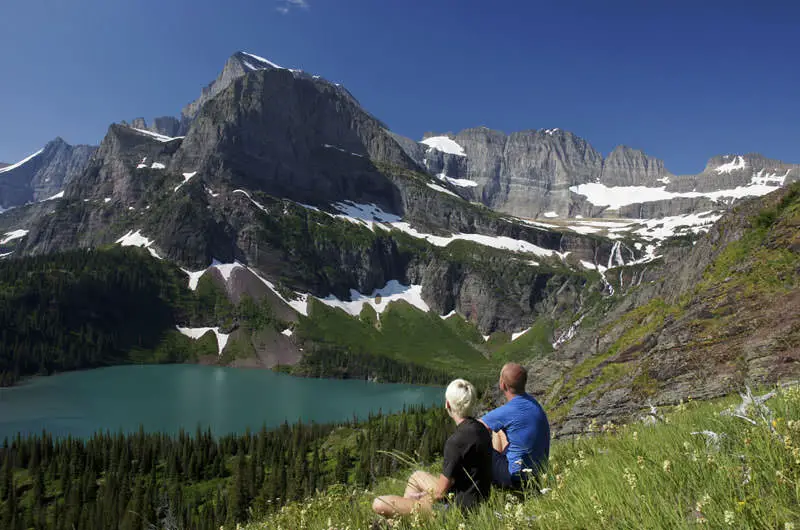
Glacier National Park situated in delightful Montana is known for its tough pinnacles, ice sheet cut valleys and clear, unblemished waters.The scene of the zone offers both an abundance of regular marvels and a lot of motivation to the individuals who drive forward while wandering through its grounds.
Proof of people possessing the zone goes back more than 10,000 years prior. At the point when European adventurers first went to the locale, various distinctive tribes were still in the zone.
Kootenai and Salish Indians lived in western valleys, navigating mountains searching for game to hunt and following the considerable crowds of wild buffalo that meandered the eastern fields. Blackfeet Indians possessed the rolling, far reaching prairies east of the mountains.
Early European voyagers came looking for beaver pelts and other creature hides. Mineworkers soon took after and, in the long run, pilgrims looking to assert some authority on new land. The Great Northern Railway was finished in 1891 and set the locale’s destiny, which means a more noteworthy number of individuals could now advance toward the heart of northwest Montana. This got homesteaders who settled the Marias Pass valleys. Before long residential communities created there.
By the late 1800s, pioneers of impact like George Bird Grinnell began pushing for the making of a national park in the territory. Around this time, the general population in the territory began to take a gander at the land in an unexpected way.
6. Acadia National Park (ME)
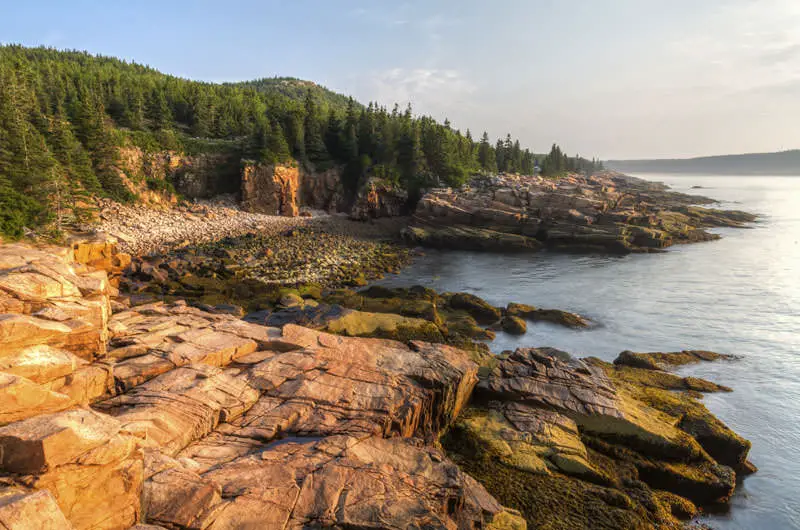
Acadia National Park is situated in Maine off the Atlantic drift and covers a large portion of Mount Desert Island and its littler related islands. The range was initially possessed by the Wabanaki people.
Samuel de Champlain saw the island in 1604 and named it Mount Desert island because of its appearance, with uncovered topped mountains close by each other and lush with fir, pines, and birches. Acadia is the most seasoned National Park east of the Mississippi River.
The park initially accomplished government status as Sieur de Monts National Monument in 1916 by President Woodrow Wilson. In 1919, it got to be Lafayette National Park. The name was later changed to Acadia in 1929 to respect a previous French state.
John D. Rockefeller, Jr. was a noteworthy benefactor to the park’s arrangement. He financed a system of streets enveloping more than 50 miles, including two door hotels and 17 stone scaffolds which are still being used today. Cut granite stones called “adapting stones” go about as watch rails (and are some of the time called “Rockefeller’s teeth”).
Acadia National Park includes more than 47,000 sections of land. The territory highlights uncovered mountains, forest, a sea shoreline and a few lakes. The park includes the vast majority of Isle au Haut, a segment of the Schoodic Peninsula on the terrain, and parts of Baker Island notwithstanding Mount Desert Island, and Cadillac Mountain on the eastern side of the island.
7. Grand Teton National Park (WY)
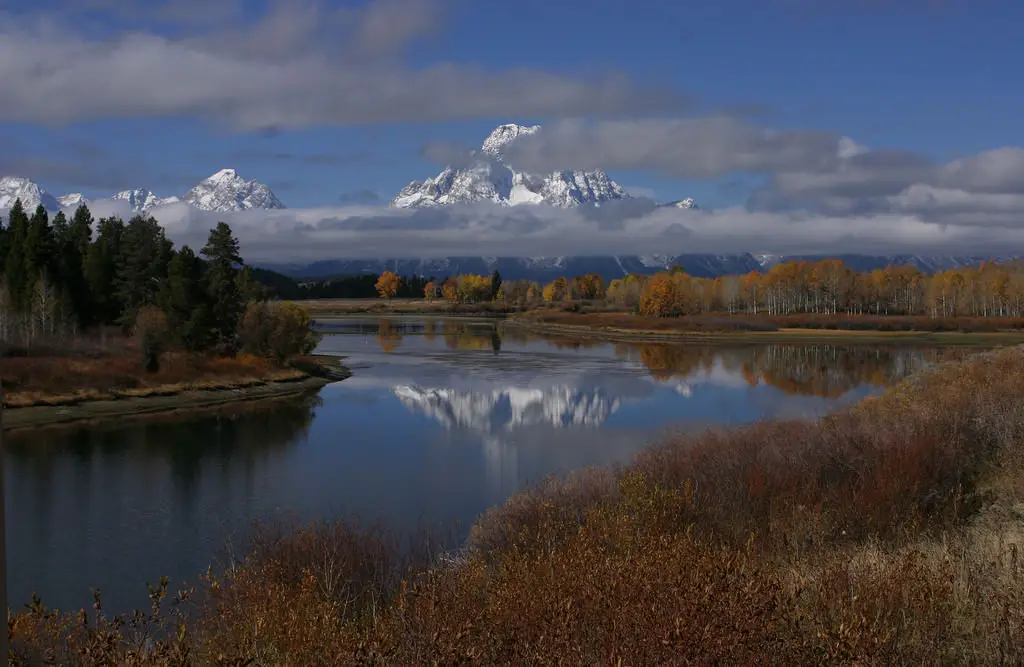
Fabulous Teton National Park possesses a stunning 310,000 sections of land of northwestern Wyoming, including a large portion of the pinnacles of the 40 mile wide Teton Range and additionally the Jackson Hole valley. It is only 10 miles south of Yellowstone National Park and associated with that stop through the John D. Rockefeller, Jr. Dedication Parkway.
The park is an about flawless biological community that has a similar widely varied vegetation species it’s had since ancient times. More than 1,000 plant species, many warm blooded creatures, 300 sorts of flying creatures, over twelve fish and reptiles and creatures of land and water call the park home. A couple of types of local fish and additionally the whitebark pine have gotten security endeavors as of late.
Today, Grand Teton National Park is a looked for after goal for climbing, mountaineering, angling and numerous different types of open air amusement. There are more than 1,000 campgrounds available via auto, and more than 200 miles of trails give access to its more remote backwoods outdoors spots.
